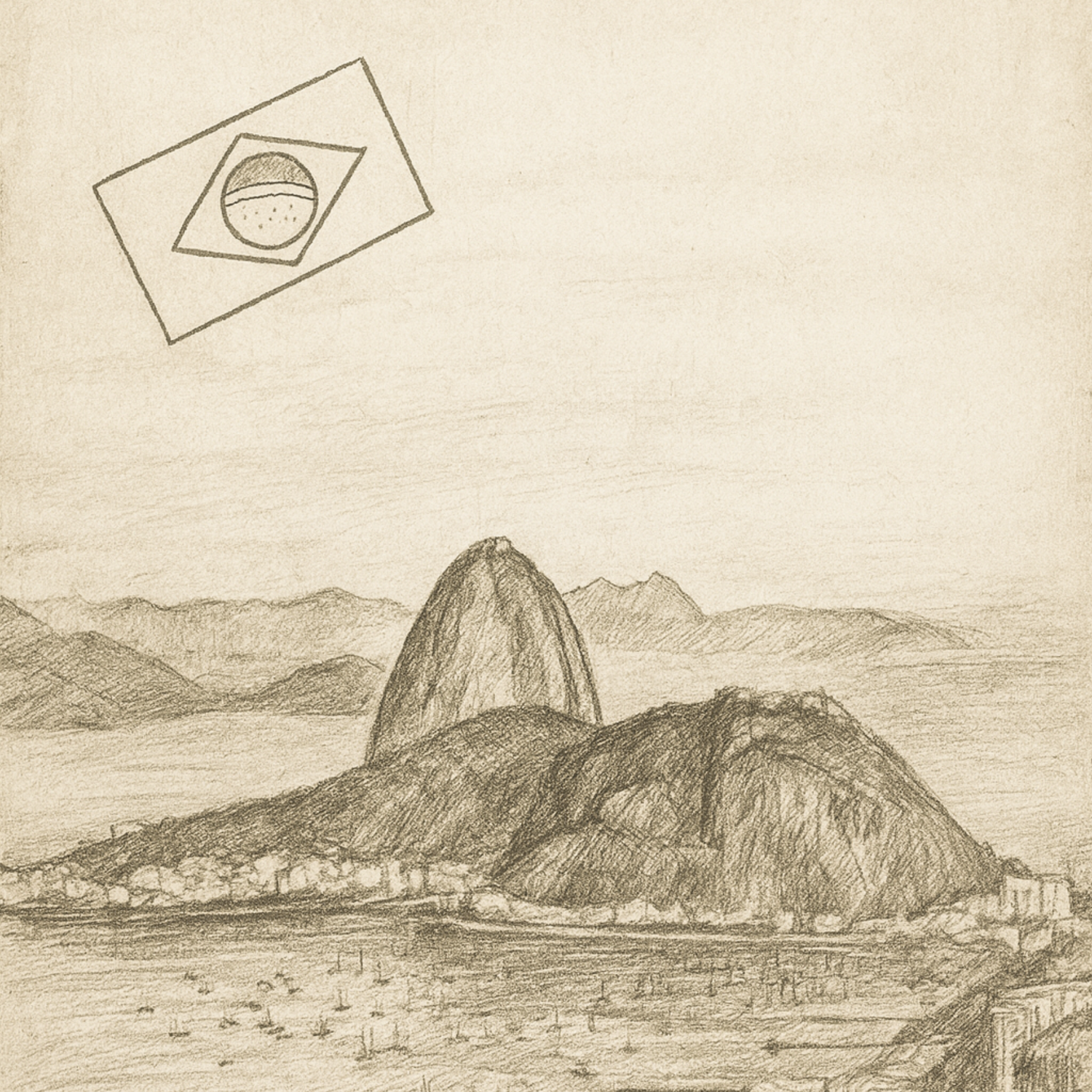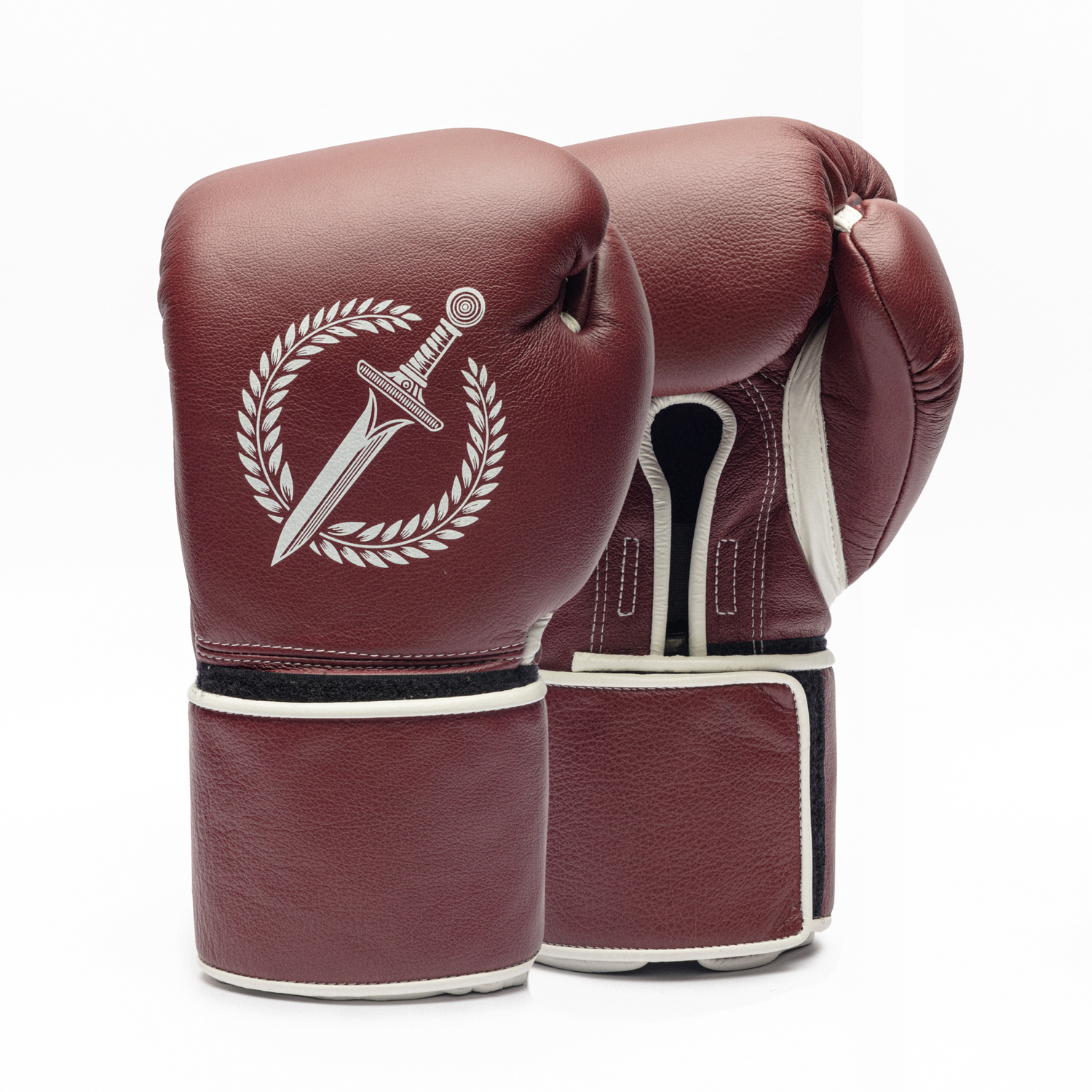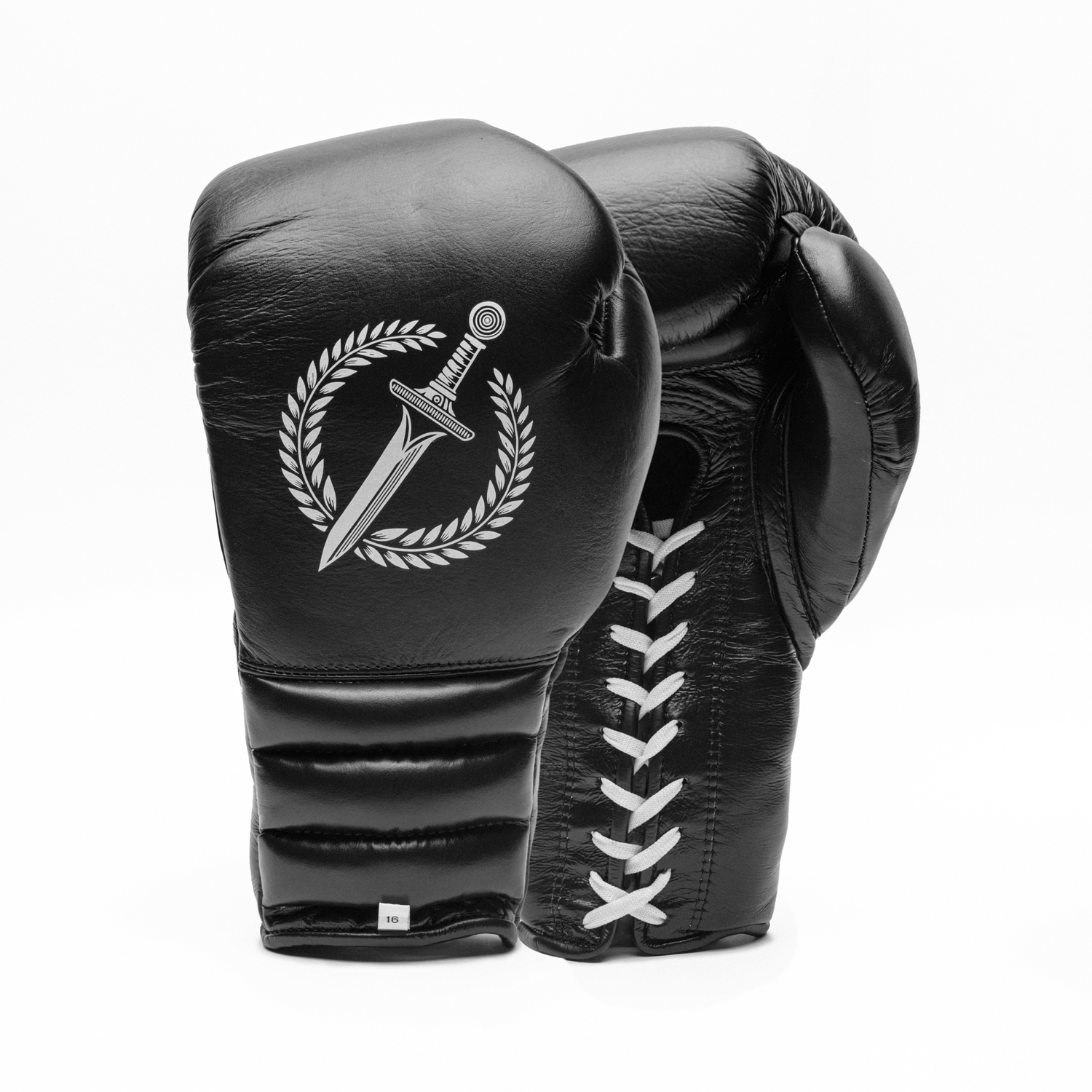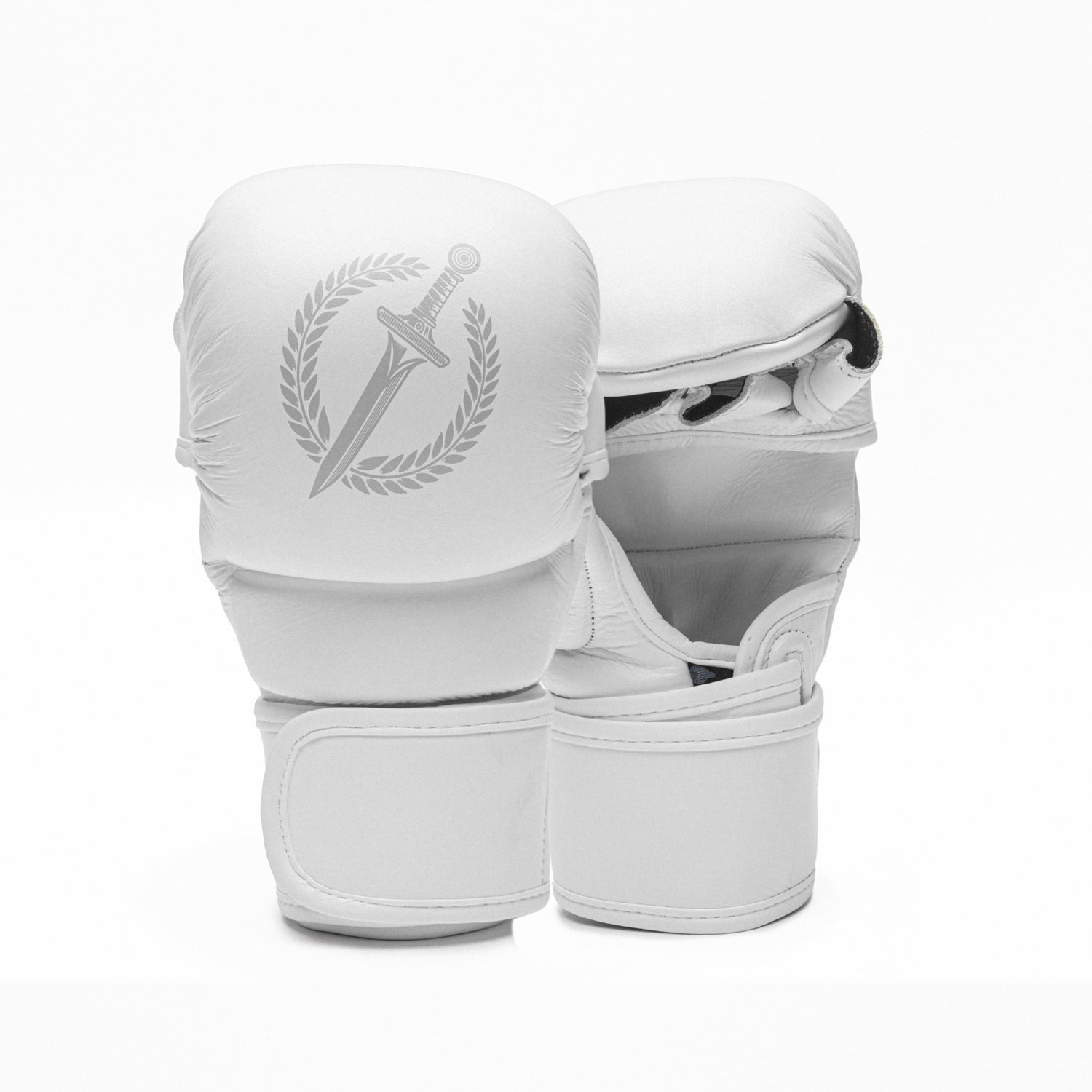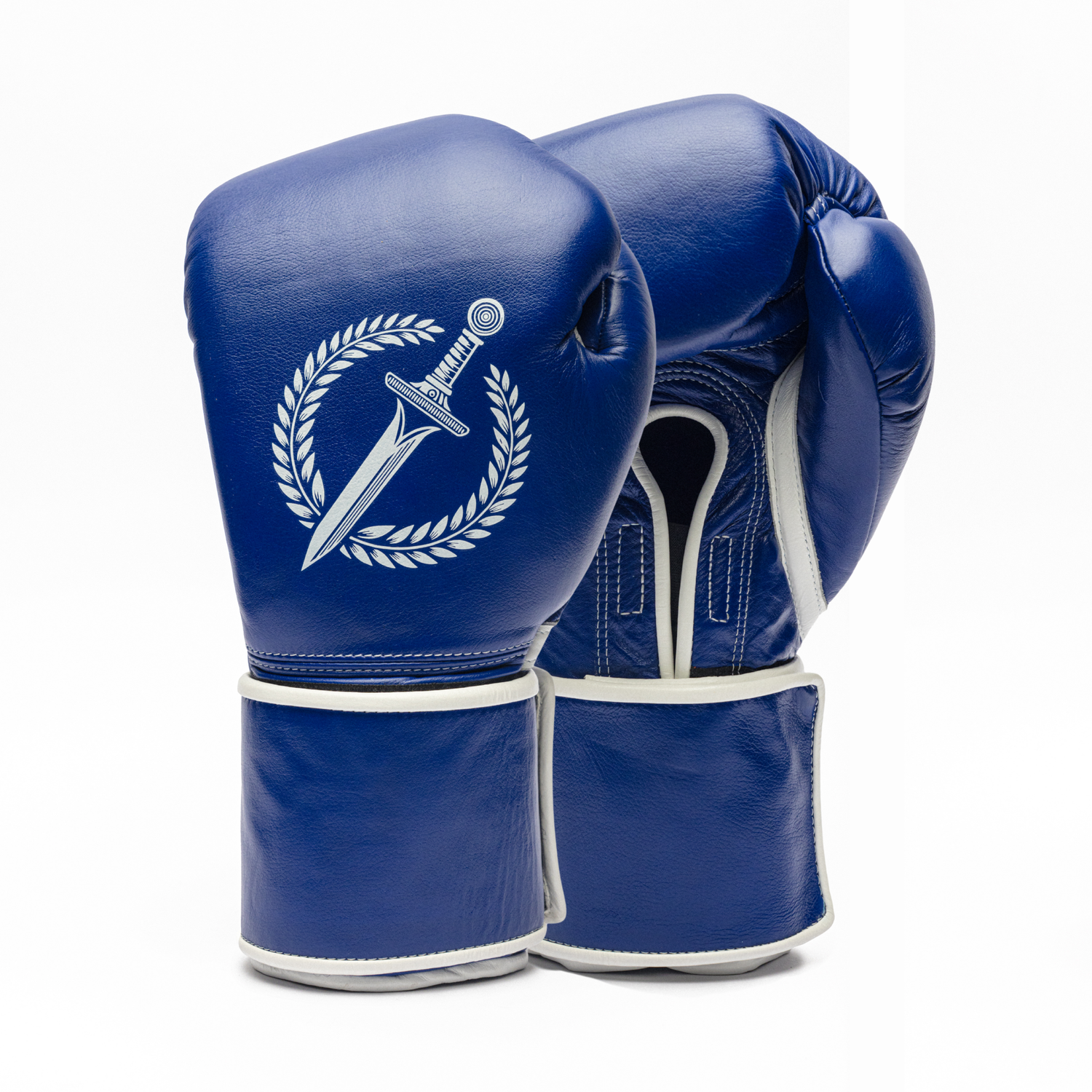Brazil is the birthplace of Brazilian Jiu-Jitsu, and for many practitioners around the world, training in its homeland is a lifelong dream.
Whether you're a white belt looking to immerse yourself in the roots of the art or a seasoned grappler chasing world-class rolls, this guide will help you plan your journey wisely and make the most of the experience.

First things first... Brazil is a HUGE country
Brazil is the 5th largest country in the world, with over 8.5 million square kilometers of territory. Squeezing multiple regions into one BJJ-focused trip isn’t realistic, so you should carefully consider which state or region of Brazil you want to visit before planning your training.
For this guide, we will focus on the two biggest jiu-jitsu hotspots in the country: Rio de Janeiro and São Paulo. These cities have the most prestigious BJJ gyms, the best infrastructure for travelers, and a rich martial arts culture.

The skyline of Rio de Janeiro.
Why Choose Brazil for BJJ Training?
-
Home of Legends: Brazil is where the Gracie family developed the art, and where countless legends have trained. From Rickson Gracie and Marcelo Garcia to modern icons like Felipe Pena, Tayane Porfírio, and UFC stars such as Charles Oliveira and Anderson Silva.
-
Authenticity: There’s something powerful about training where the art was born. The style, mindset, and training intensity often feel different in Brazil.
-
Cultural Immersion: Learning Portuguese, eating feijoada, hearing samba in the streets, and training alongside locals makes for a complete martial arts pilgrimage.
Route 1: Training BJJ in São Paulo
São Paulo is the biggest city in Brazil, with a population of over 10 million residents. It is the country’s business hub, often compared to New York. While it is less touristy than Rio, it still carries a distinct urban charm.
BJJ gyms in São Paulo are known for their competition focus, pressure-based style, and are also recognized for having better training infrastructure compared to most other gyms in the country.

São Paulo, Brazil's largest city and home to countless BJJ elite teams.
A week itinerary to train in São Paulo:
Day 1 - Alliance Jiu Jitsu Headquarters
Alliance is one of the most successful gyms in modern gi jiu-jitsu. It is located in the heart of São Paulo's business district, in the neighborhood of Vila Olímpia. The gym arguably has the best structure of any academy in Brazil and is very welcoming to foreign visitors.
We recommend booking a private class with one of the Alliance instructors to focus on any aspect of your game, whether gi or no-gi. In addition to training, your coach can give you a tour of the facility and introduce you to the famous olive-green mats that have shaped generations of world champions.
💡 Vila Olímpia is the corporate center of the city. Traffic jams are massive, so we recommend you to avoid peak hours.

The famous olive green mats of Alliance Headquarters, located in the business district of Vila Olímpia.
Day 2 - Cicero Costha
Cicero Costha’s gym is a legendary factory of champions. Tucked inside a modest building in São Paulo’s south zone, it’s known for its competition-driven atmosphere.
This is where world champions like Leandro Lo and the Miyao brothers sharpened their skills. The vibe is raw and authentic, with athletes of all belt levels training side by side in intense, no-frills sessions. If you're looking to challenge yourself and experience true high-level room energy, this is the place.
We recommend coming prepared to roll hard and with respect. While the structure isn’t fancy, the technique, grit, and camaraderie you’ll find here are priceless. If you’re experienced enough, ask to join the competition team session, but be ready for a possible refusal.
💡 Cicero Costha's gym is 15 minutes walking distance to Museu do Ipiringa, one of Brazil's most important and complete museums.

Cicero Costha's gym may no be located in a touristic zone, but it is 100% worth the visit.
Day 3 - Barbosa Jiu-Jitsu B9
Located in the eastern zone of São Paulo, Barbosa Jiu-Jitsu B9 is as tough and traditional as it gets. Founded by Marcos Barbosa, a Carlson Gracie black belt, this gym represents the old-school essence of Brazilian Jiu-Jitsu marked by self-defense, pressure and strong pace.
We recommend arriving early and attending a group class. Expect hard rolls and the kind of training that leaves you both humbled and proud. This is the São Paulo grit at its finest.
💡 Barbosa Jiu Jitsu B9 is 15 minutes walking distance to Veloso Bar, known for serving the best Brazilian "Coxinha" in the city.

Nested in the Vila Mariana neighborhood, Barbosa BJJ is one of the oldest and most respected teams in São Paulo.
Day 4 - Rest day
Chances are that after a day at Cicero Costha and Barbosa Jiu-Jitsu, you’ll need a good rest. Take the day off and explore the more touristic side of São Paulo. A great plan is to take a walk along Avenida Paulista, one of the city’s most iconic streets, and watch the sunset at Ibirapuera Park, a peaceful green oasis in the middle of the urban chaos.
Day 5 – Chute Boxe Diego Lima (Morumbi)
Chute Boxe is a name carved into MMA history, and the Diego Lima branch in Morumbi keeps that legacy alive. This is the home gym of Charles Oliveira, former UFC lightweight champion.
The gym blends old-school toughness with modern professionalism. Training sessions are packed with aspiring fighters, strikers, and grapplers, all pushing themselves in an environment that is serious but still welcoming to visitors.
We recommend joining either a MMA or no-gi BJJ session to experience the hybrid style this gym is known for. If you're lucky, you might even catch a glimpse of "Do Bronx" himself training or mentoring the next generation.
💡 The gym is just a 20-minute drive from Estádio do Morumbi, home of São Paulo Futebol Clube. You can wrap up a training session, grab a quick bite, and head straight to the stadium to catch a match. The perfect São Paulo experience.

The house of "Do Bronx". Chute Boxe originally started as a Muay Thai and Vale Tudo gym, but today its jiu jitsu program is equally good as its striking.
Day 6 – Guigo Jiu-Jitsu
Guigo Jiu-Jitsu is one of São Paulo’s most respected and traditional academies. Founded by Professor Guigo, a black belt under Jorge Pereira (a Rickson Gracie student), the gym carries a direct lineage to the roots of the art, with a strong emphasis on discipline, respect, and sharp fundamentals.
Located in the central neighborhood of Vila Madalena, Guigo Jiu-Jitsu blends old-school intensity with modern training methods. The mats are filled with both seasoned competitors and loyal students.
We recommend booking a private to dive deeper into your fundamentals. Guigo’s team is deeply technical and you will get great refinements in your technique.
💡 Vila Madalena is São Paulo’s bohemian heart. A lively district packed with bars, music, and street art. Just five minutes from Guigo, you can wander through the famous Beco do Batman graffiti alleys and unwind with a cold beer at one of the neighborhood’s many pubs.

Guigo's gym is located in the bohemian sector of the city. Ideal to grab a beer with friends after some good rolls.
Day 7 - Free day to repeat one of the gyms above.
Your 7-day itinerary ends with a free day. Use this time to rest, explore more of the city, or revisit one of the gyms you enjoyed the most. It’s a great opportunity to refine any details that were missing in your game and to finish your fight vacation on a high note.

Considerations to train in São Paulo - Safety, acommodation and transport:
-
Don't rent a car: While it may seem convenient, renting a car in São Paulo is more trouble than it’s worth. The city is infamous for its massive traffic jams, especially during rush hours. Parking is expensive and limited, and navigating the streets can be stressful. Instead, rely on the excellent subway system, or use Uber and taxis, which are widely available and affordable.
-
Choose a good neighborhood to stay: Good places for visitors include Vila Olímpia, Vila Mariana, Jardins, or Pinheiros. They’re relatively safe, close to restaurants and gyms, and well-connected by public transport.
-
Be street smart: São Paulo isn’t as visually chaotic as Rio, but crime still exists. Avoid using your phone openly on the street, especially in crowded areas or near transportation hubs. Use common sense: don’t flash valuables, stay alert, and don’t walk alone at night in unfamiliar zones.
-
Know your surroundings: Some of the top gyms (like Barbosa or Cicero Costha) are located in working-class neighborhoods. They’re generally safe if you act respectfully, but don’t treat them like tourist attractions.
Breakdown of costs for a 7-day BJJ itinerary in São Paulo
| Category | Estimated Cost (USD) |
|---|---|
| Accommodation (7 nights – mid-range Airbnb or hotel in Vila Olímpia or Jardins) | $580 |
| Transportation (Uber, subway, airport transfers) | $90 |
| Gym drop-in fees (5 gyms x $15) | $75 |
| Private classes (2 sessions x $150) | $300 |
| Gi purchase (optional – local brands or spare) | $80 |
| Food & drinks (7 days x $25) | $175 |
| Tourist & misc. expenses (museum entries, snacks, etc.) | $200 |
| Total Estimated Cost |
$1500 |
💡 Note: Costs vary depending on exchange rates, preferences, and location. You could lower costs by staying in a hostel or training at fewer gyms—or spend more if you want higher-end accommodation or multiple private sessions.
Route 2: Training BJJ in Rio de Janeiro
Rio is Brazil’s tourist hotspot and its second-largest city. Known for its stunning beaches and scenic views, it is also the birthplace of Brazilian Jiu-Jitsu. Legendary figures such as Hélio Gracie, Carlos Gracie, Carlson Gracie, Rickson Gracie, Roger Gracie, Wallid Ismail, Ricardo De La Riva, and many others hail from this beautiful city.
BJJ in Rio is known for its flowy, creative style. More casual in vibe, but still highly technical. Practitioners looking to balance a laid-back beach lifestyle with world-class training will find Rio to be a true fighter’s paradise.

A week itinerary to train in Rio de Janeiro:
Day 1 – Gracie Humaitá Matriz
Welcome to the cradle of tradition. Gracie Humaitá, located in Lagoa, is one of the oldest and most respected BJJ academies in the world. This was the home of Helio Gracie, and today it continues to honor his legacy under the guidance of top instructors like Rolker Gracie.
Training here feels almost like entering a temple. The focus is on self-defense, control, and clean fundamentals. On top of that, you'll find the gym walls lined with historic memorabilia from the early days of Jiu-Jitsu.
💡 A 20-minute walk from the gym takes you to Parque Lage Palace, one of Rio de Janeiro’s hidden gems. The site offers breathtaking views of Christ the Redeemer framed by lush gardens and historic architecture.

The gym that started it all. Gracie Humaitá Matriz is must stop in a Rio de Janeiro BJJ route.
Day 2 – FightZone Checkmat Rio (Copacabana)
Located near the famous beaches of Copacabana, Checkmat Rio is a branch of the dynamic, ever-evolving team founded by Leo Vieira. This gym blends modern innovation with creative movement, making it a favorite among both competitors and curious students.
We recommend attending an evening class. Expect a warm, relaxed vibe off the mats and high-level rolls on them. This academy often emphasizes flow, transitions, and clever setups that break away from traditional rigidity.
💡 From Checkmat, you’re only a 10-minute walk from Arpoador Rock, one of Rio de Janeiro’s most stunning sunset spots. After training, you can stroll down to the beach, sit on the rocks, and watch the sun melt into the ocean between Ipanema and Copacabana.

Very few BJJ gyms can beat FightZone's location. Just two blocks away from the famous Copacabana beach.
Day 3 – Clube Carlson Gracie Saporito Jiu Jitsu (Copacabana)
Your third day will give you the raw, old-school energy of Brazilian Jiu-Jitsu. Clube Carlson Gracie (Saporito Jiu Jitsu) is led by Master Marcelo Saporito, one of the most respected names in the Carlson Gracie lineage.
This gym carries the legacy of one of the most influential teams in BJJ history. Training here is intense, traditional, and grounded in aggressive pressure passing, takedowns, and positional dominance.
We recommend arriving early to take a short walk to the nearby plaza and pay your respects at the Carlson Gracie statue.
💡 The famous Copacabana beach is 5 minutes walking distance from the gym.

Carlson Gracie is one of the most important figures in BJJ history. His legacy lives on in Clube Carlson Gracie Saporito Jiu Jitsu.
Day 4 - Rest Day
After 3 intense days of training, your body will need a break. Use this time to explore everything Rio has to offer. Catch a soccer game at Maracanã, visit the iconic Christ the Redeemer, or simply enjoy a relaxing stroll around Lagoa Rodrigo de Freitas.
Day 5 – GFTeam (Méier)
Time for some gritty, high-level competition training. Based in the Méier neighborhood, GFTeam has produced some of the most explosive modern grapplers in Brazil, with athletes known for pressure passing, takedowns, and relentless pace.
The gym may look simple compared to others on this list and is definitely the hardest to reach, so it’s understandable if some visitors choose to skip it. But if you're willing to make the trip, you'll get a classic BJJ gym experience. No frills, just mats, sweat, and serious training.
💡 GFTeam's no-gi classes have a serious wrestling influence. Something rare and valuable in Brazil.

GFTeam Matriz is a gym worth of a visit, but beware of your surroundings.
Day 6 – Nova União (Flamengo)
One of the most respected MMA and BJJ teams in Brazil, Nova União blends high-level striking and grappling into a seamless whole. Home to legends like José Aldo and Marlon Sandro, the Flamengo-based gym remains a stronghold of hybrid martial arts training.
Expect tough sessions filled with competitors and serious students. Whether you're focusing on your ground game or want to feel what elite-level MMA looks like from the inside, Nova União offers a taste of combat-tested technique.
We recommend attending a no-gi or MMA grappling session. Just note that the training takes place inside a sports complex called Upper, so make sure you don’t get lost finding the entrance.
💡 Upper is just a 20-minute drive from Rio’s iconic Sugarloaf Mountain, one of the city’s most famous landmarks.

It doesn't look like it, but inside this regular everyday gym you will find one the best BJJ teams in the world.
Day 7 - Free day to repeat one of the gyms above.
Your 7-day itinerary ends with a free day. Use this time to revisit the gym you enjoyed the most or take an extra rest day to explore more of Rio’s natural beauty and soak in what you might have missed.

We know you want to spend as much time as possible rolling, but take a few hours per day for sightseeing. You won't regret.
Considerations to train in Rio de Janeiro:
-
Cash is king: Some smaller gyms or favela-based projects may not accept cards. Always carry some Brazilian Reais with you.
-
Plan transportation: Rio is big and traffic-heavy. Stay close to the gyms or plan how to get there in advance. Note that different from São Paulo, Rio's public transportation doesn't cover many parts of the city.
-
Stay in Zona Sul: Neighborhoods like Ipanema, Leblon, and Botafogo are safer, closer to gyms, and have beach access.
-
Be street smart: Avoid walking around with your phone out, especially at night or in unfamiliar neighborhoods. Rio is unfortunately known for its robberies and violence, but with just a bit of care you can enjoy your experience without any disturbances.
-
Don’t visit favelas alone: Even if some gyms are located in favelas (like some branches of GFTeam or social projects), go with someone who knows the area. This shows respect to the neighborhood and also avoids any possible confusion.
-
Avoid sensitive topics: Politics, police, and crime can be emotionally charged issues in Brazil. Focus on learning about the culture and BJJ.
Breakdown of costs for a 7-day BJJ itinerary in Rio de Janeiro
| Category | Estimated Cost (USD) |
|---|---|
| Accommodation (7 nights – hotel or Airbnb in Ipanema, Leblon, or Botafogo) | $620 |
| Transportation (Uber, airport, city transfers) | $110 |
| Gym Drop-in Fees (5 gyms x $15) | $75 |
| Private Classes (2 sessions x $120) | $240 |
| Gi Purchase (optional – local brand or spare gi) | $80 |
| Food & Drinks (7 days x $30) | $210 |
| Tourist & Misc. Expenses (Christ, Maracanã, Sugarloaf, snacks, etc.) | $380 |
| Total Estimated Cost | $1,715 |
💡 Note: Costs reflect an active and touristic stay in Rio. You can reduce the budget by choosing hostels, fewer private lessons, or skipping major attractions. Always carry some cash in Brazilian Reais and be aware of local safety tips.
Gym etiquette in Brazil & What to expect?
Brazilians are known to be warm and friendly, but that shouldn’t stop you from showing proper respect for their culture. Follow these basic rules on and off the mats to avoid coming across as disrespectful:
-
Brazilian gyms usually follow a strict hierarchy: Always greet the professor with a handshake or respectful nod, make sure to arrive on time for class, and respect the belt ranking order at all times.
-
Hygiene matters: Clean gi, trimmed nails, and footwear off the mats only. Be prepared to take multiple gis or rash guards to your trip. Brazil is a humid country and your training equipement will probably be soaked in sweat after class.
-
Be prepared for Portuguese instruction: Group classes are taught in Portuguese, and many techniques may be referred to by names you’ve never heard before. Learning some basic jiu-jitsu vocabulary—such as passar, raspar, baiana, montada, cem quilos—can help you follow along more easily.
-
Take your gi: Although no-gi is also practiced in Brazil, most gyms place a strong emphasis on gi techniques. This is the perfect opportunity to level up your gi game.
-
Be humble: You’re a guest in their home.

Most Brazilians are warm and friendly. If you show respect, they will treat you like one of their own.
Final remarks: An experience to remember for a lifetime
Training BJJ in Brazil is a bucket-list experience for many fighters around the world. We hope this guide has helped you plan your trip and discover the main training spots worth visiting across the country.
We also recommend doing some additional research to gather different perspectives and build an itinerary that’s uniquely tailored to your goals and needs on the mats.
If you do embark on this journey, don’t forget to pack your Gladius MMA gloves in case you want to mix in some striking and make your experience even more complete.
Reader beware: The information in this article regarding gym availability for regular students may become outdated. Always contact the gym directly to confirm current schedules and visitor policies before finalizing your plans.

